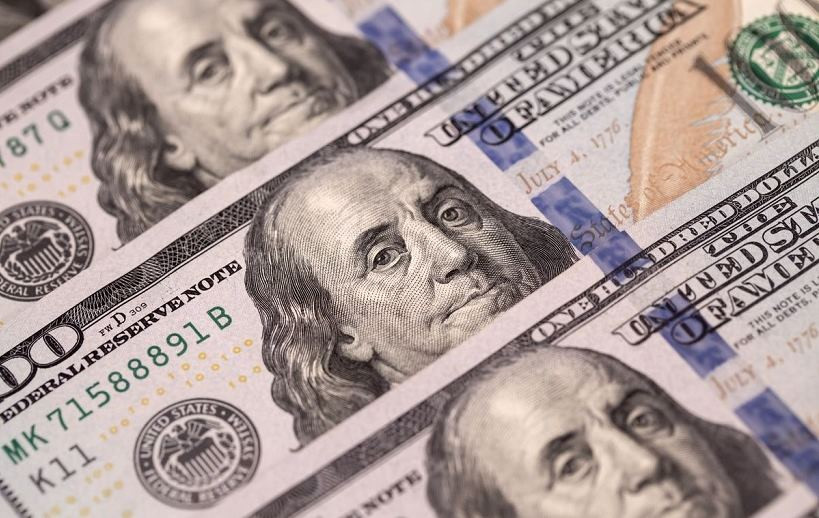
The euro-dollar pair ended the last trading week at 1.0043, actually at the end of the corrective momentum. The general market interest in risk, which was observed on Friday, allowed bulls on EUR/USD to be designated at 1.0114. But traders could not hold their positions: at the end of Friday's trading, the price began to gradually decline, once again confirming the vulnerability of the single currency. On the other hand, such upward pullbacks have a useful property: they allow bears to enter short positions at a more favorable price. After all, it is quite obvious that there are no grounds for a trend reversal at the moment, therefore, any upward surges of EUR/USD should be considered as a temporary correction.
The upcoming week promises to be "hot" – it will be held under the sign of US inflation, the indicators of which will be published ahead of the September meeting of the Federal Reserve. There is no doubt that the dollar will react sharply to inflation releases, because the pace of tightening of the Fed's monetary policy is at stake.

It should be noted here that today the markets estimate the probability of a 75 basis point rate hike in September at almost 90%. Therefore, if we talk directly about the September meeting, the position of traders is unlikely to change significantly here, even if the upcoming inflation reports come out in the red zone. In this case, we are talking more about further prospects, further rates of rate hikes. If the indicators exceed the expectations of experts, the probability of implementing a 75-point scenario in November and December will obviously increase. In this case, the greenback will again strengthen its position, especially against the euro, which has already "won back" the results of the European Central Bank's September meeting.
So, as mentioned above, several important inflation reports will be published in the United States this week. The most significant of them is the data report on the growth of the consumer price index, which will be published on Tuesday, September 13. According to preliminary forecasts, the overall CPI will slow down in August, and the base index will resume its growth. So, according to most experts, the overall consumer price index will reach 8.1%. In this case, the indicator will show a downward trend for the second consecutive month. On a monthly basis, the indicator may even be in the negative area (-0.1%) – for the first time since May 2020. The market will especially pay attention to the base index, excluding food and energy prices. Here, on the contrary, the indicator is expected to grow – both on an annual and monthly basis. In particular, in annual terms, the core CPI should reach 6.1%. This result will suit dollar bulls quite well. After all, the indicator has been consistently declining (from April to June) for several months reflecting a slowdown in the underlying index. The renewed growth of the base index will strengthen the greenback's position throughout the market.
Also, a report on the growth of the producer price index will be published this week (Wednesday, September 14). Let me remind you that this indicator may signal a change in inflationary trends. According to most experts, the index will resume its growth again. Moreover, both the general index and excluding food and energy prices should demonstrate positive dynamics. If this indicator comes out in the green zone, the dollar will receive more support.
Another inflation report is the release of data on the growth of the import price index (Thursday, September 15). And although this report is secondary, it can complement the existing fundamental picture. Moreover, analysts also predict positive dynamics of the index.
Of course, the upcoming week is also full of other fundamental events for the EUR/USD pair. ECB representatives (Luis de Guindos and Isabel Schnabel) will speak on Monday, ZEW indices will be published on Tuesday, ECB chief economist Philip Lane is expected to speak on Wednesday, data on retail sales in the US and industrial production will be released on Thursday, and final data on the growth of August inflation in the eurozone will be released on Friday.
But all of the aforementioned indicators do not compare in importance with the reports on the growth of US inflation. Therefore, the tone of trading in the coming week will be set by inflation releases. At the same time, the trading tactics for the EUR/USD pair remains the same – active shorts on upward price pullbacks. I repeat – even disappointing inflation reports will not be able to reverse the downward trend, due to the vulnerability of the euro (amid an energy crisis) and strong hawkish expectations about the Fed's further actions.
Therefore, the bearish targets for the EUR/USD pair remain the same: 1.0000, 0.9950 and 0.9900. Longs, in my opinion, in any case look risky – even if we are talking about close distances within the framework of corrective pullbacks.